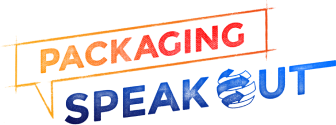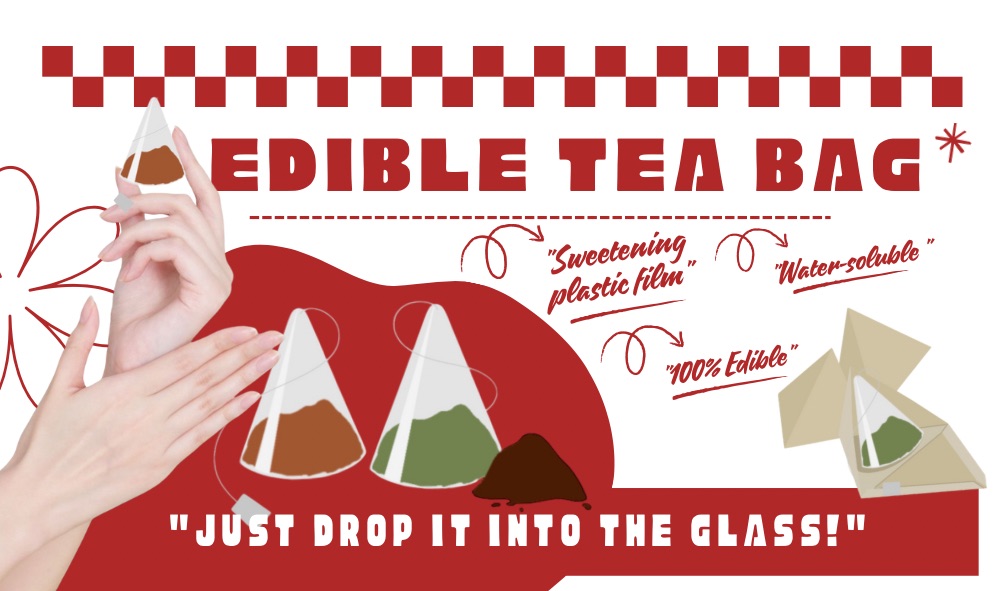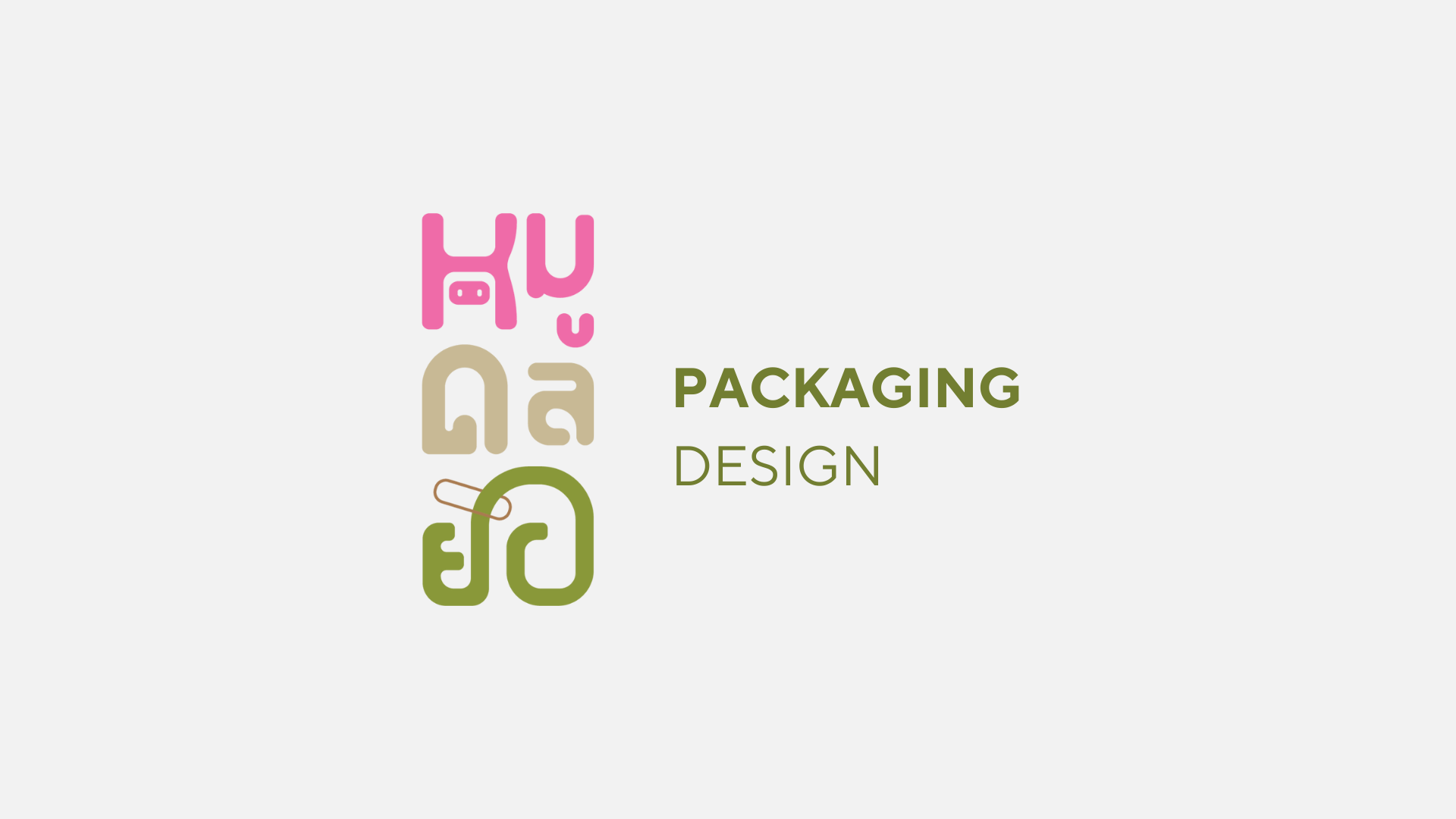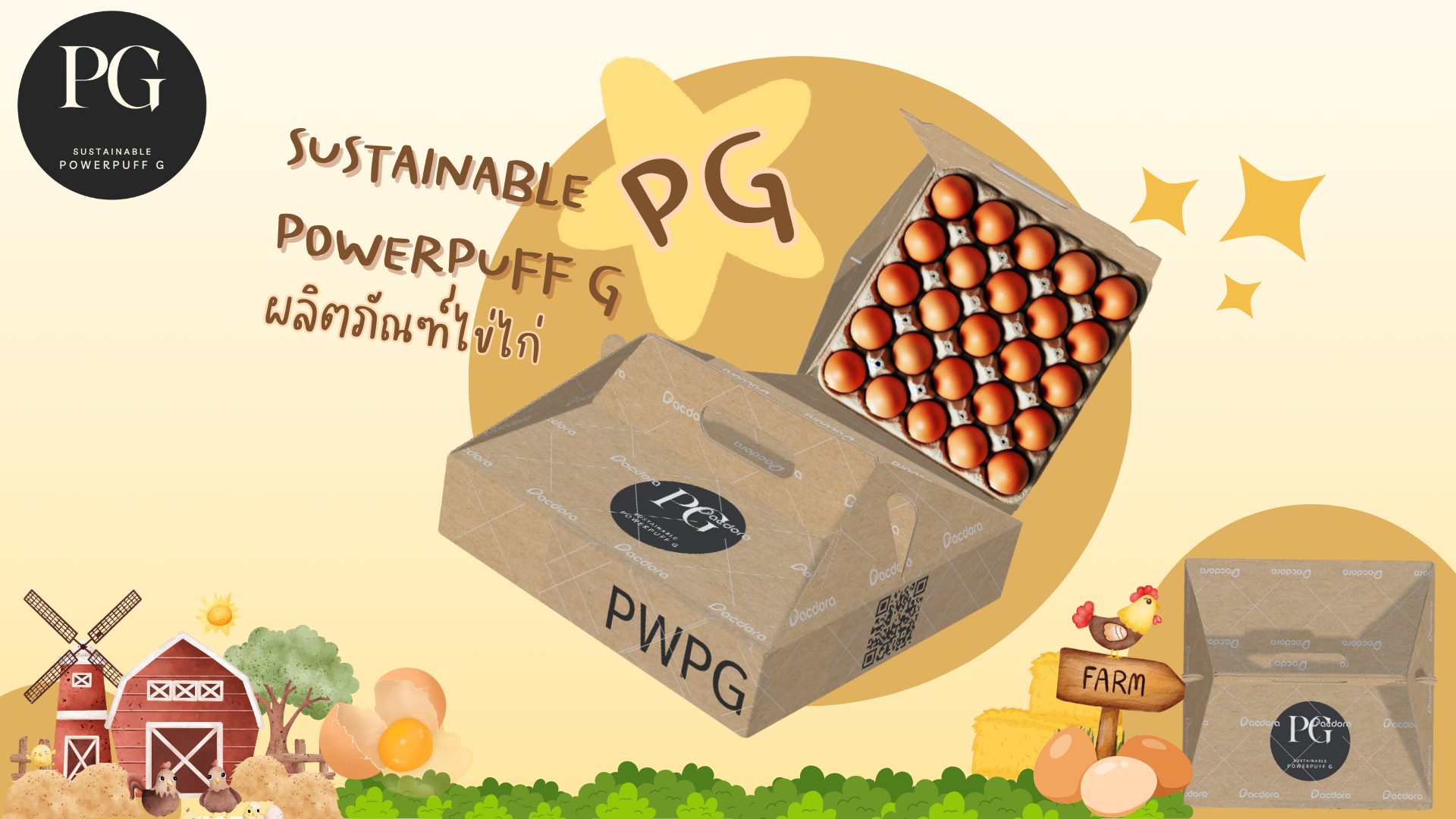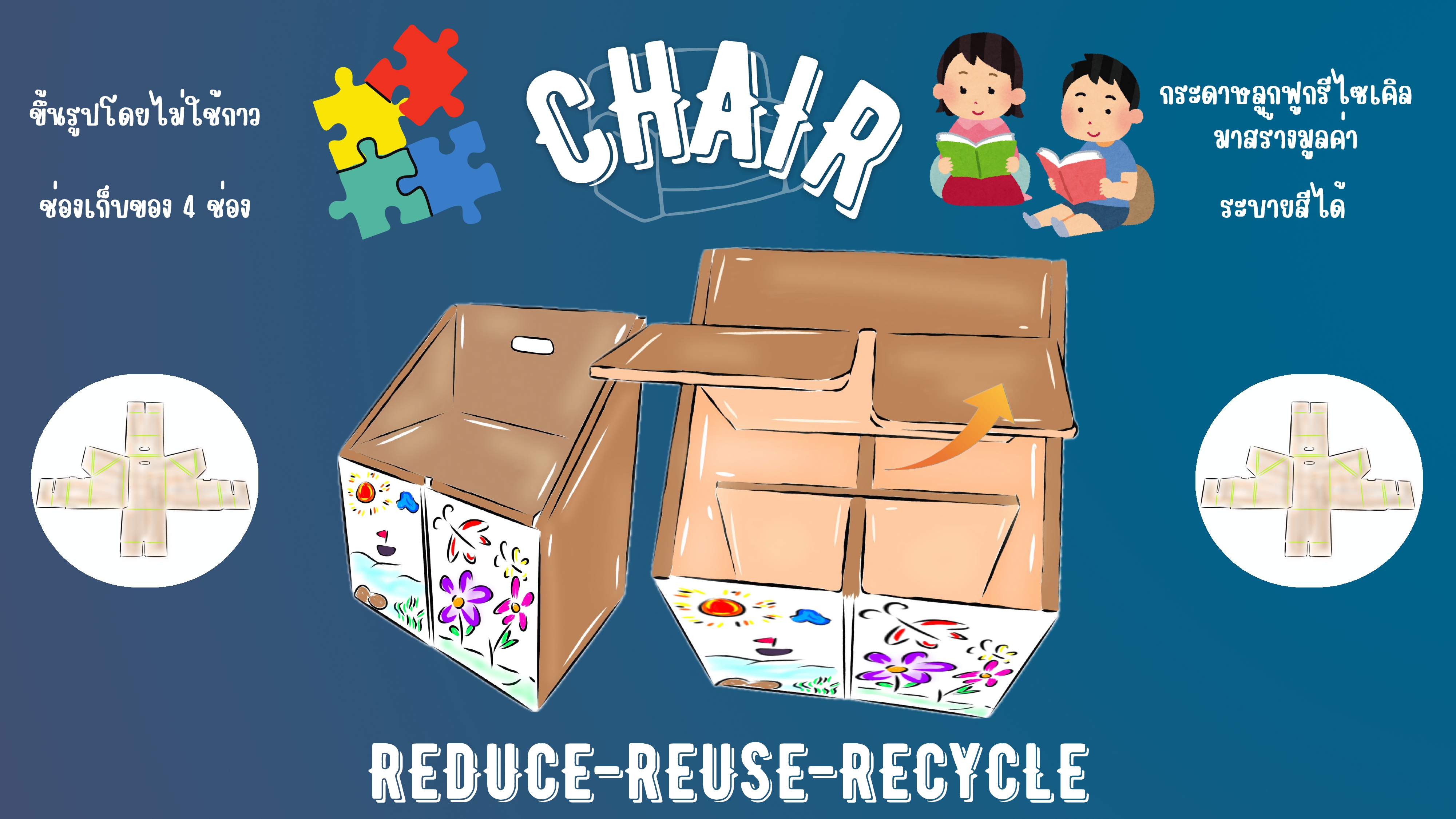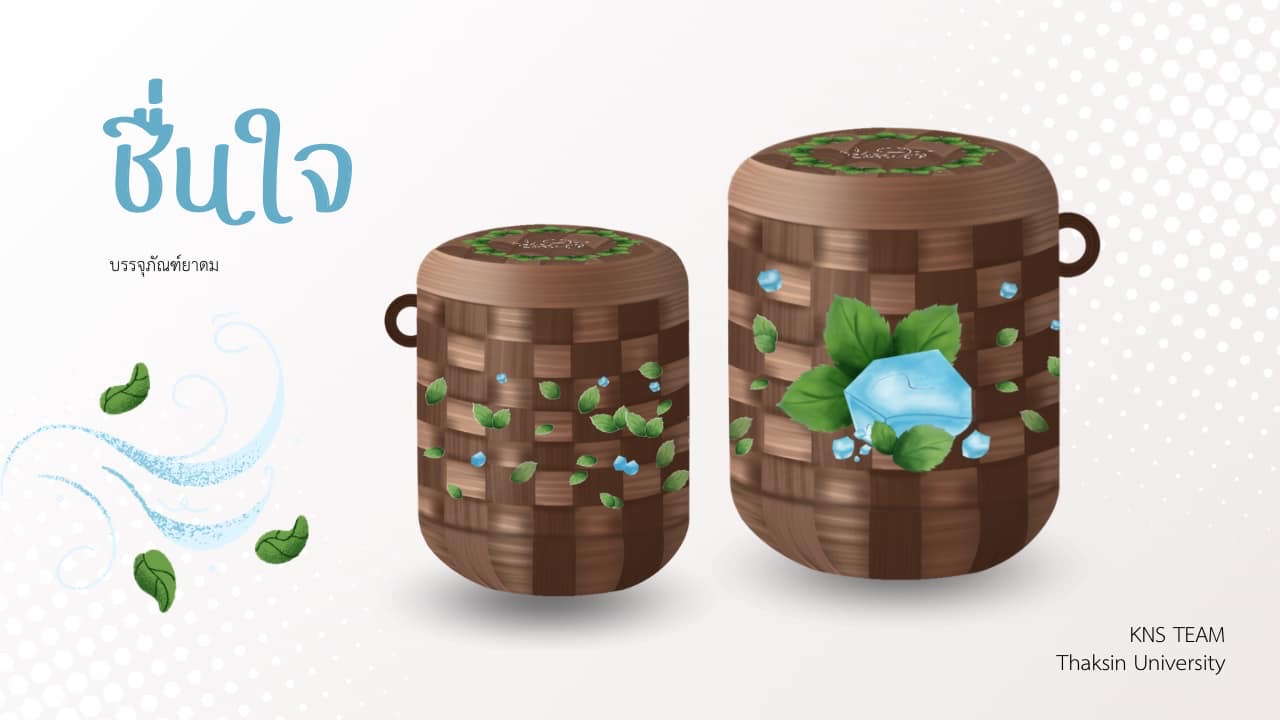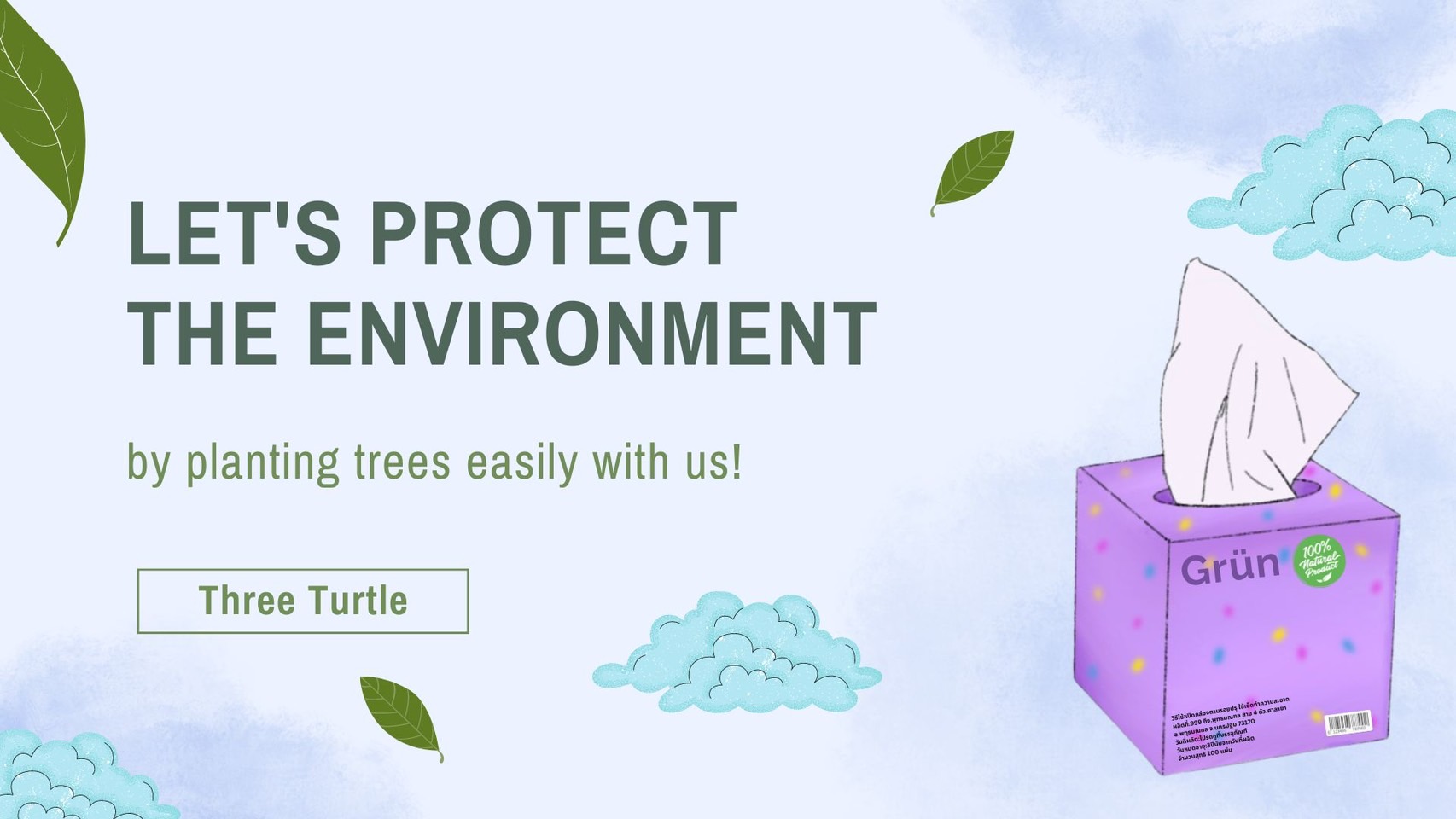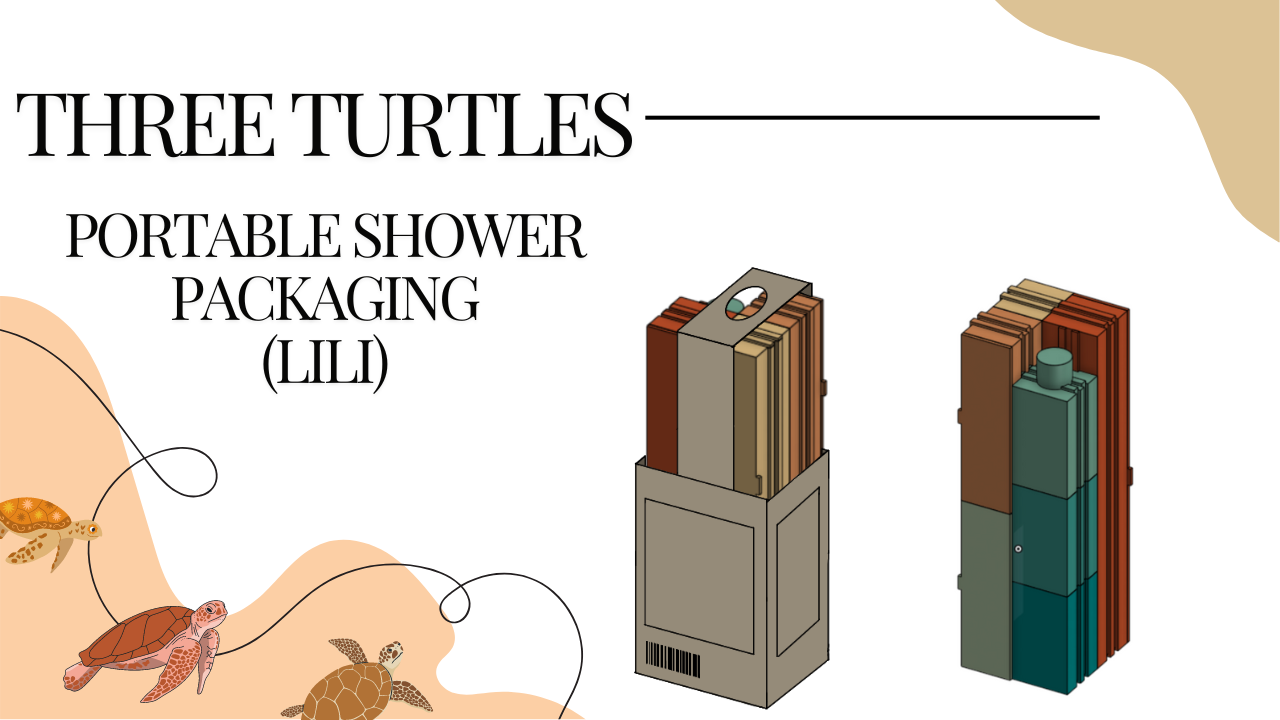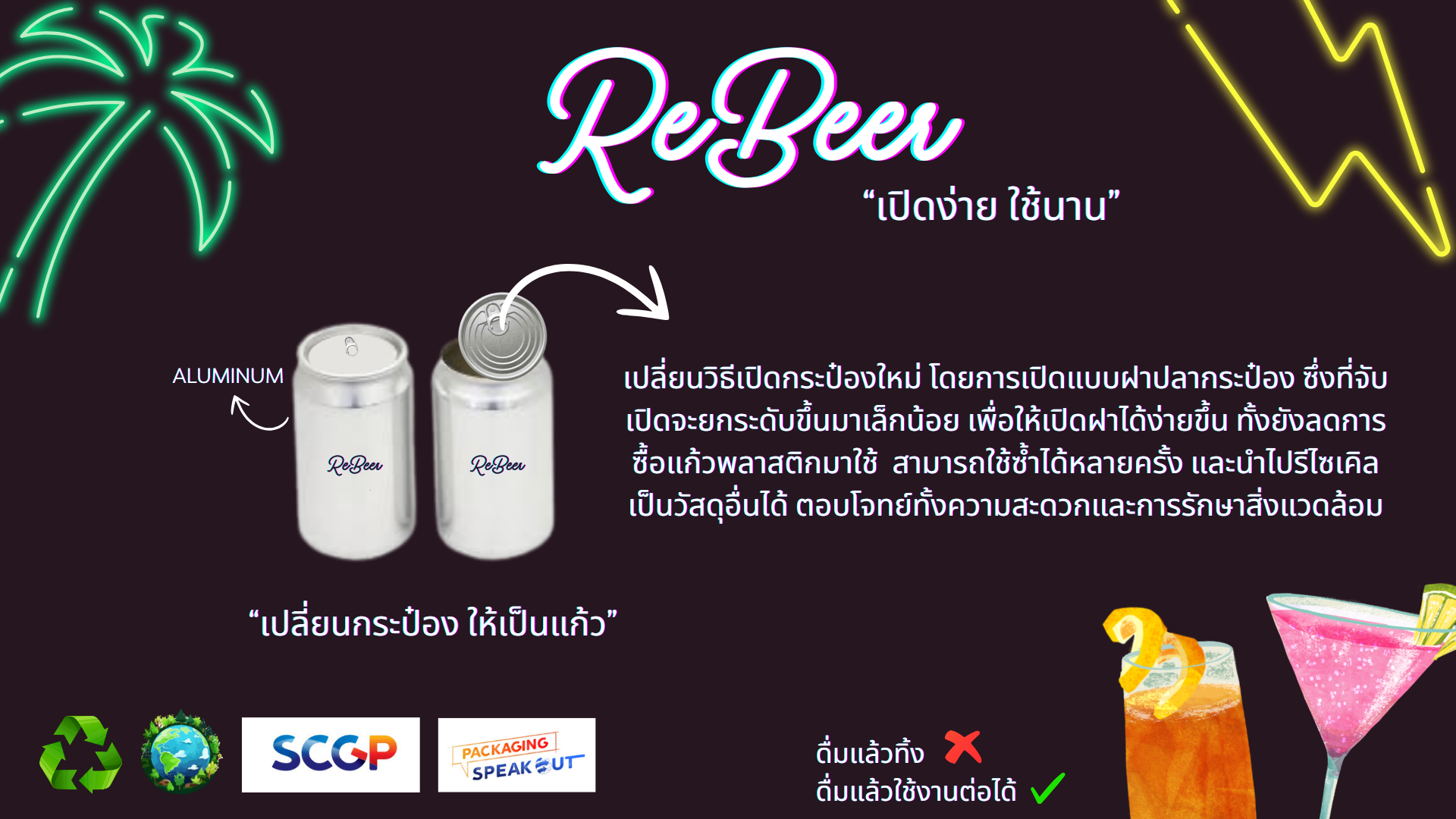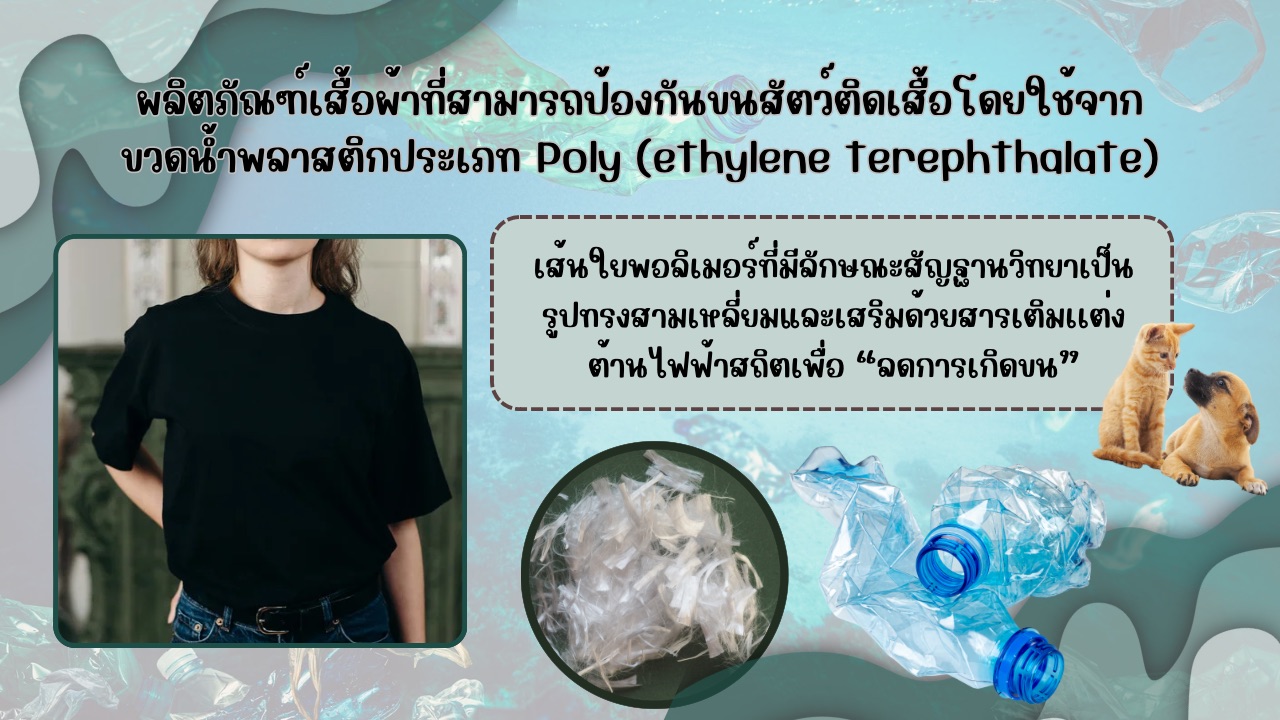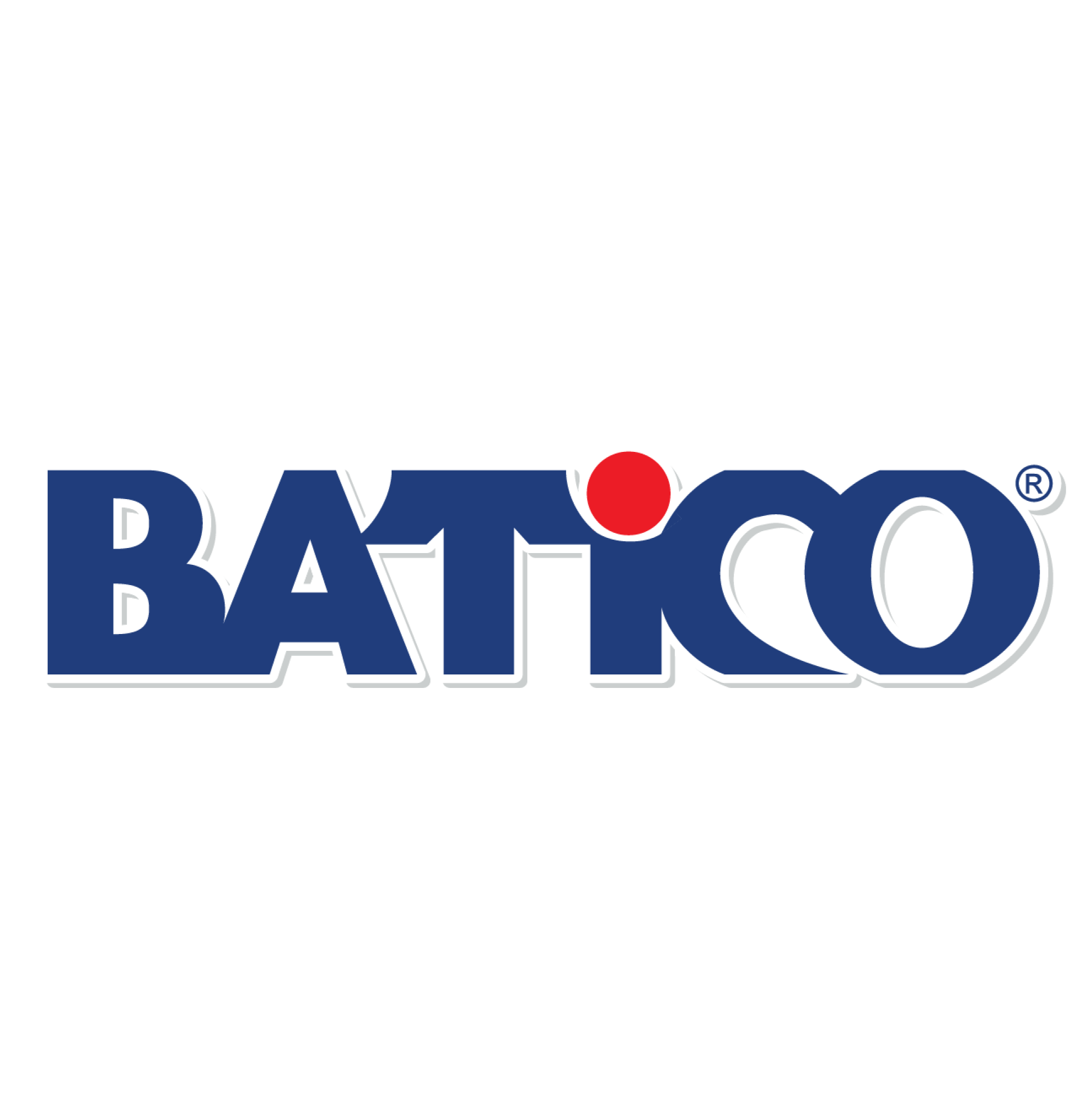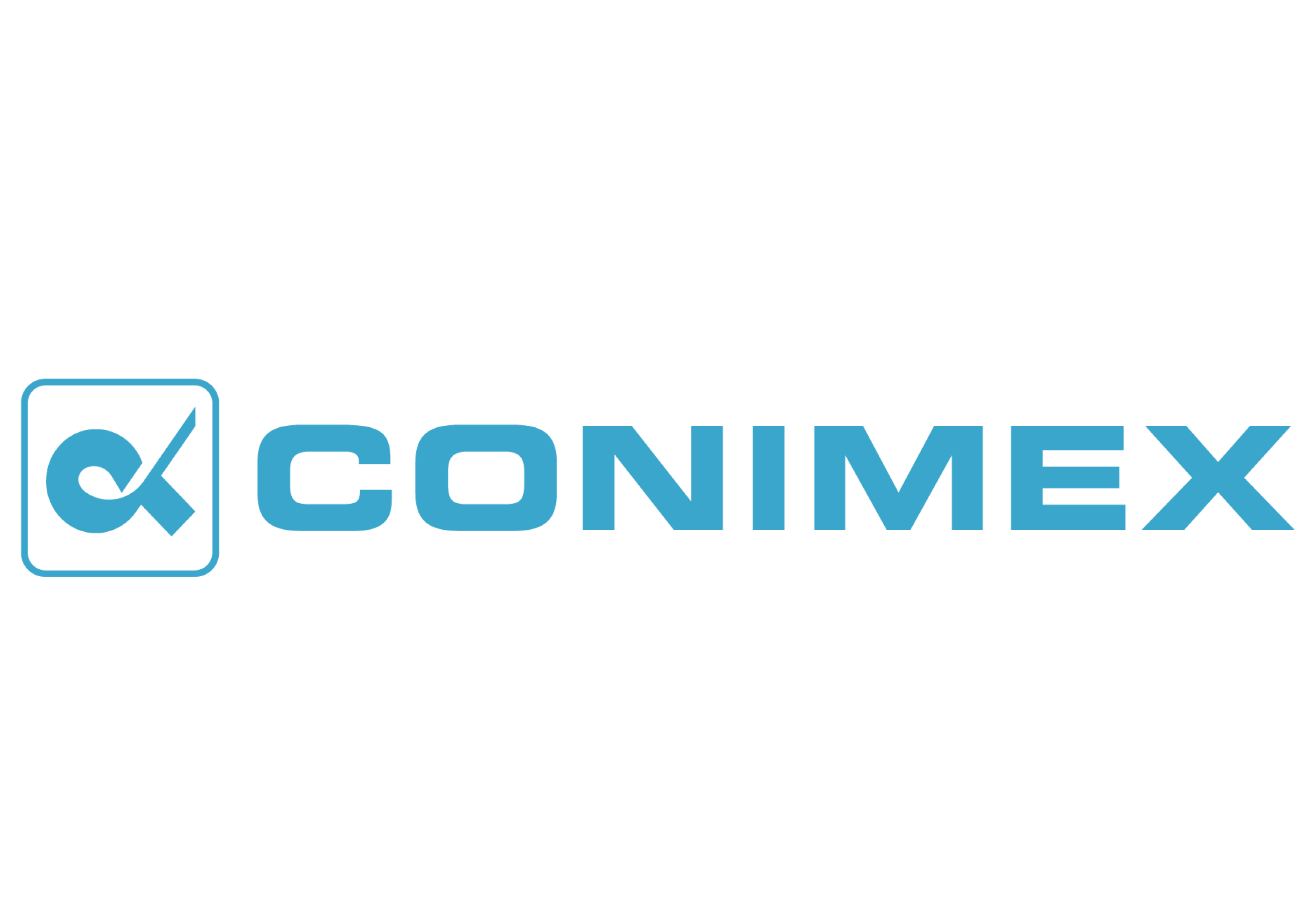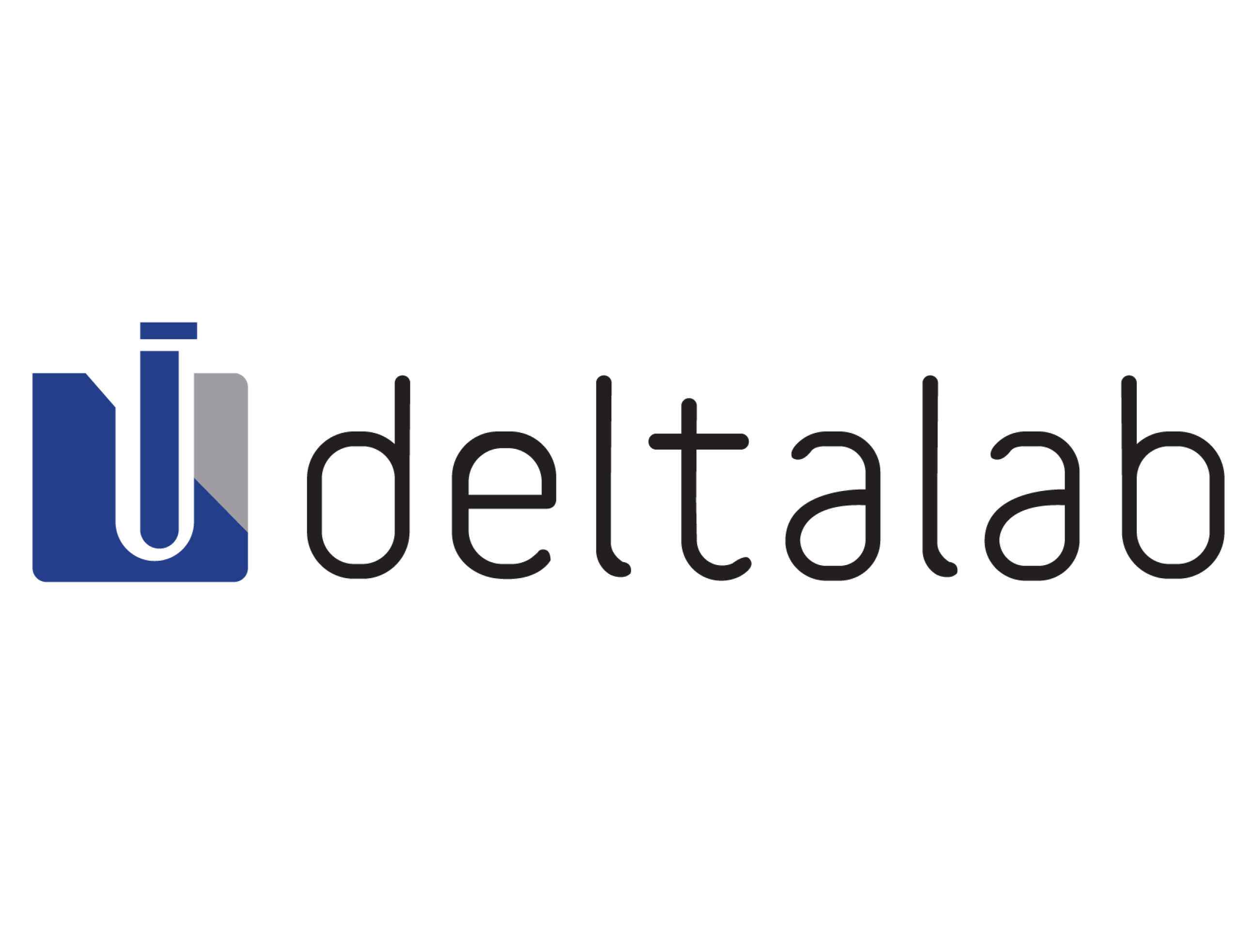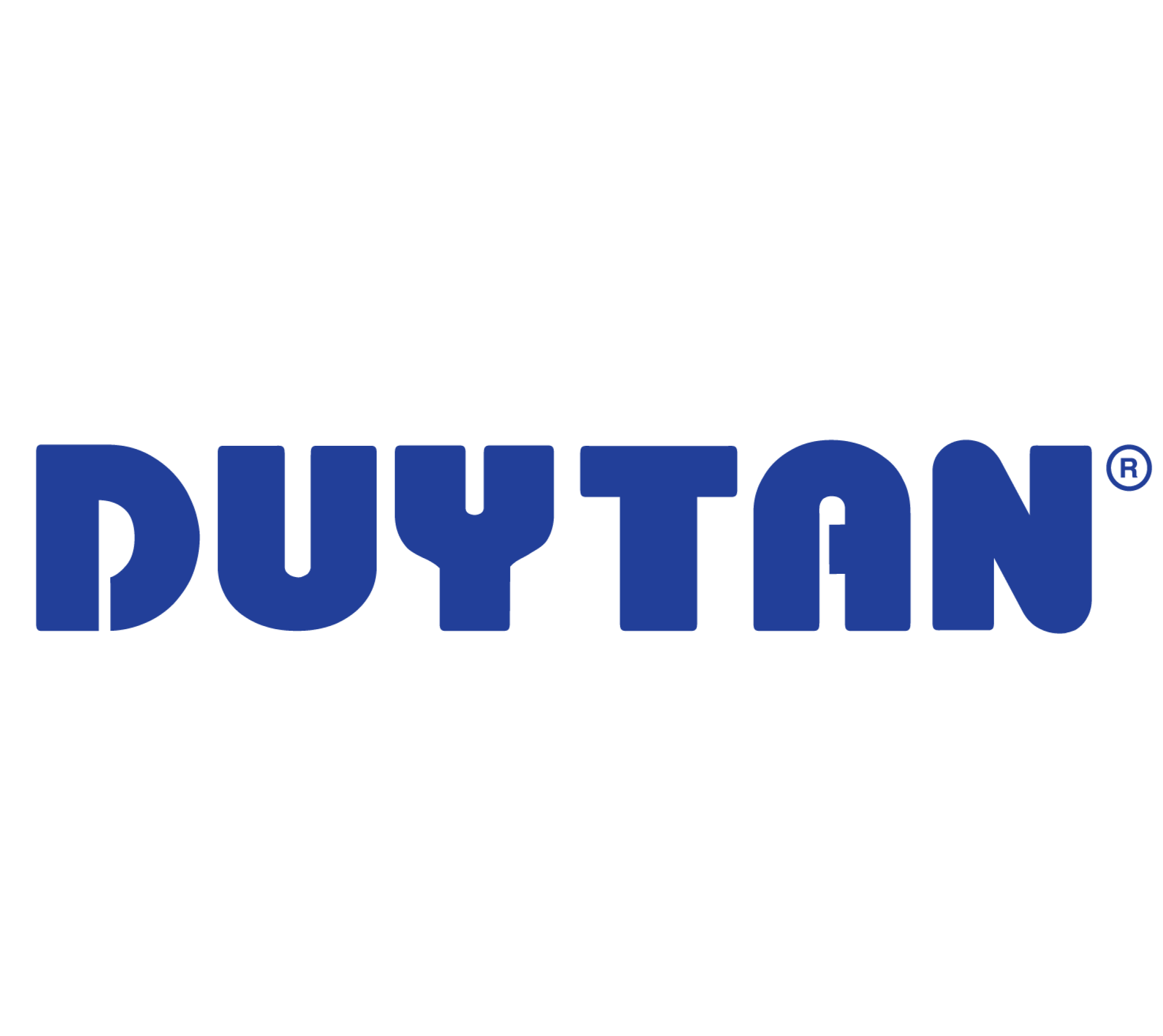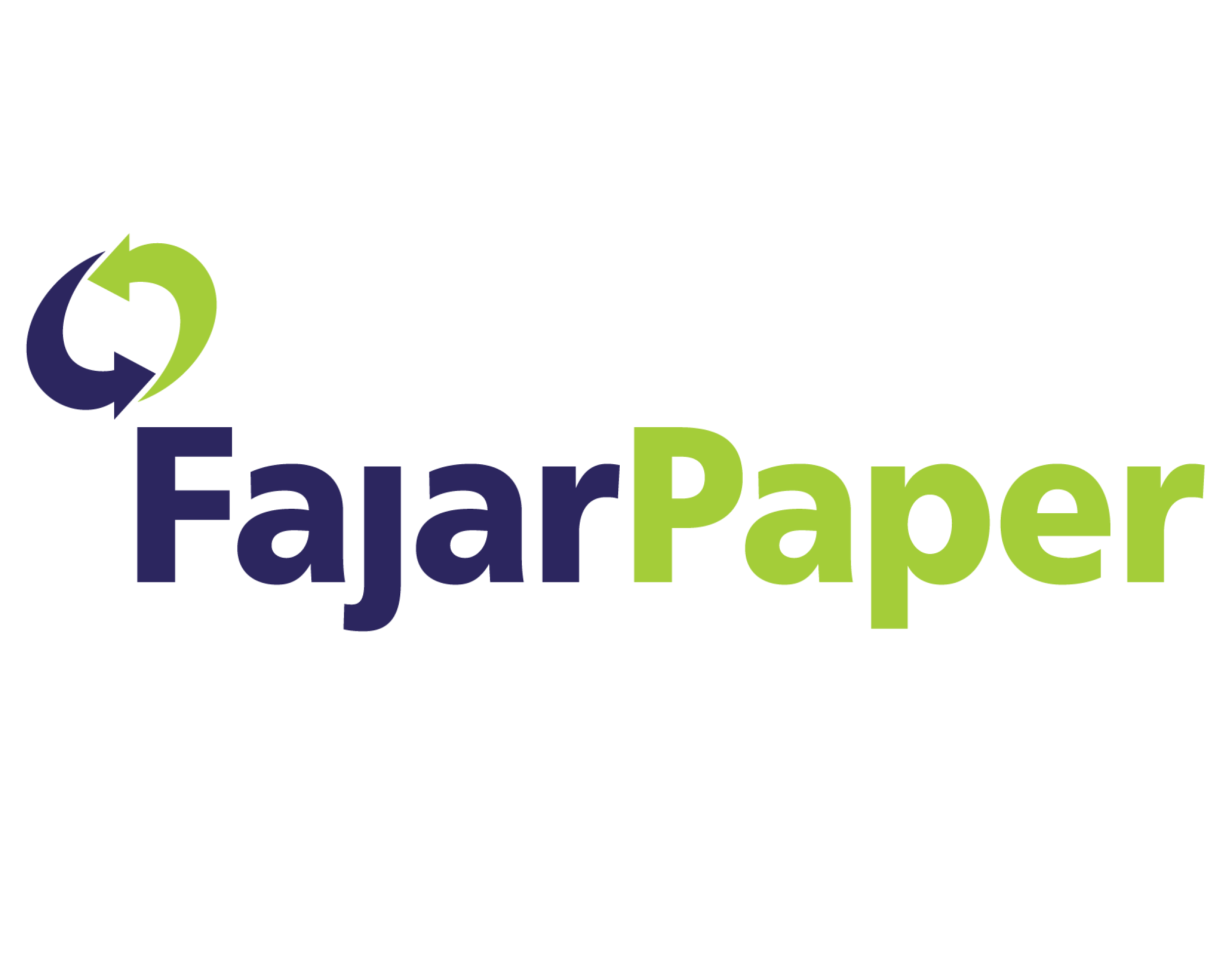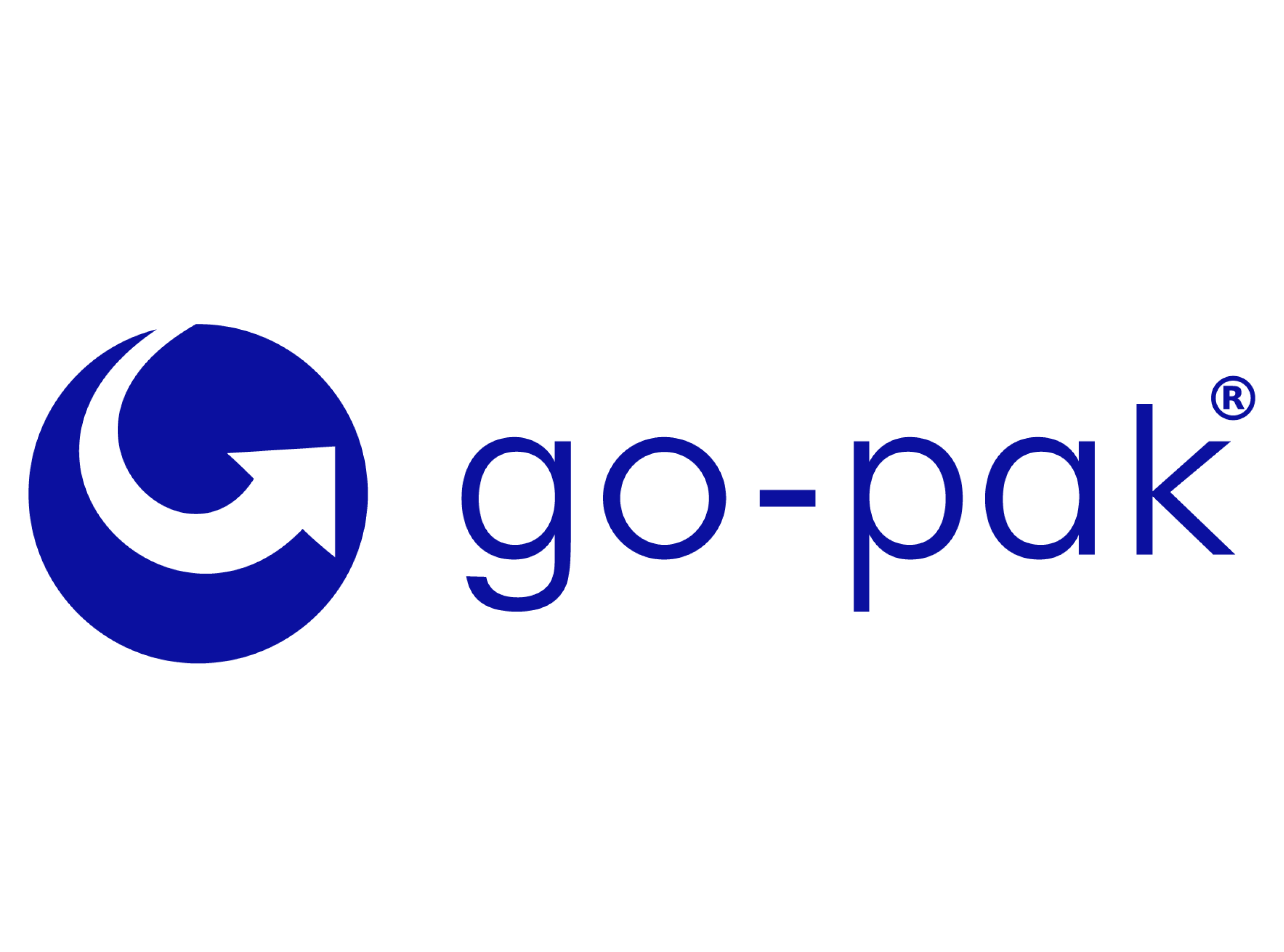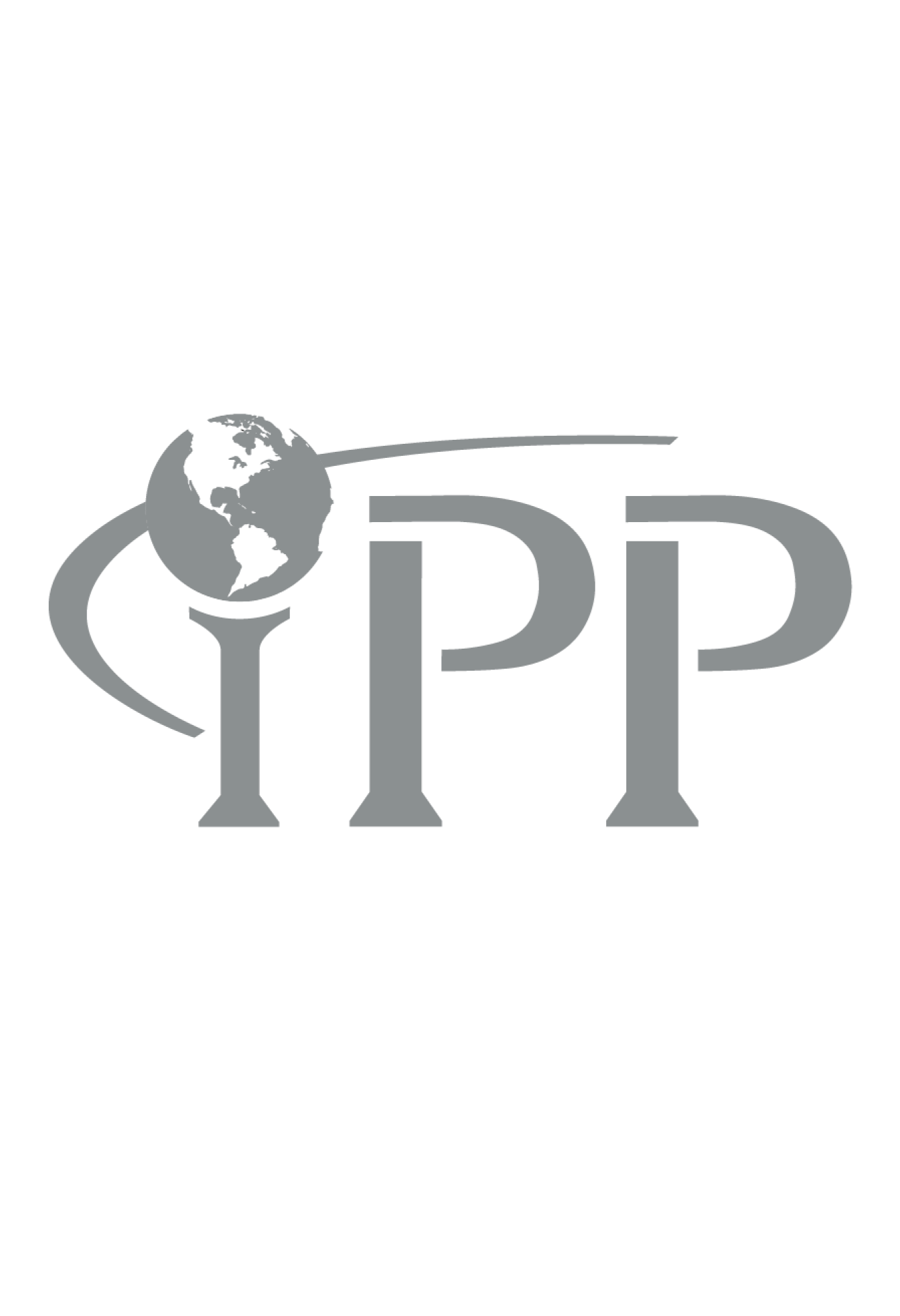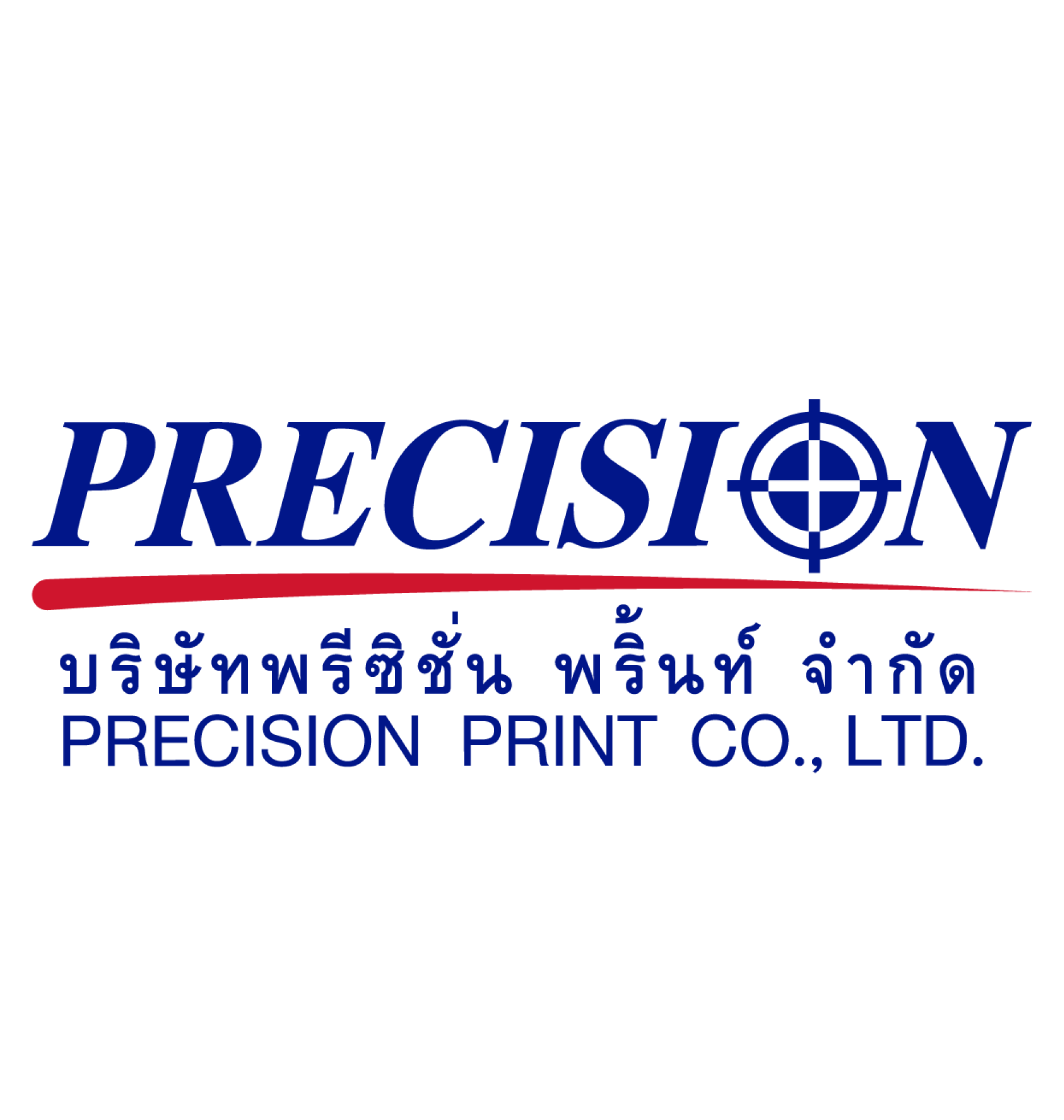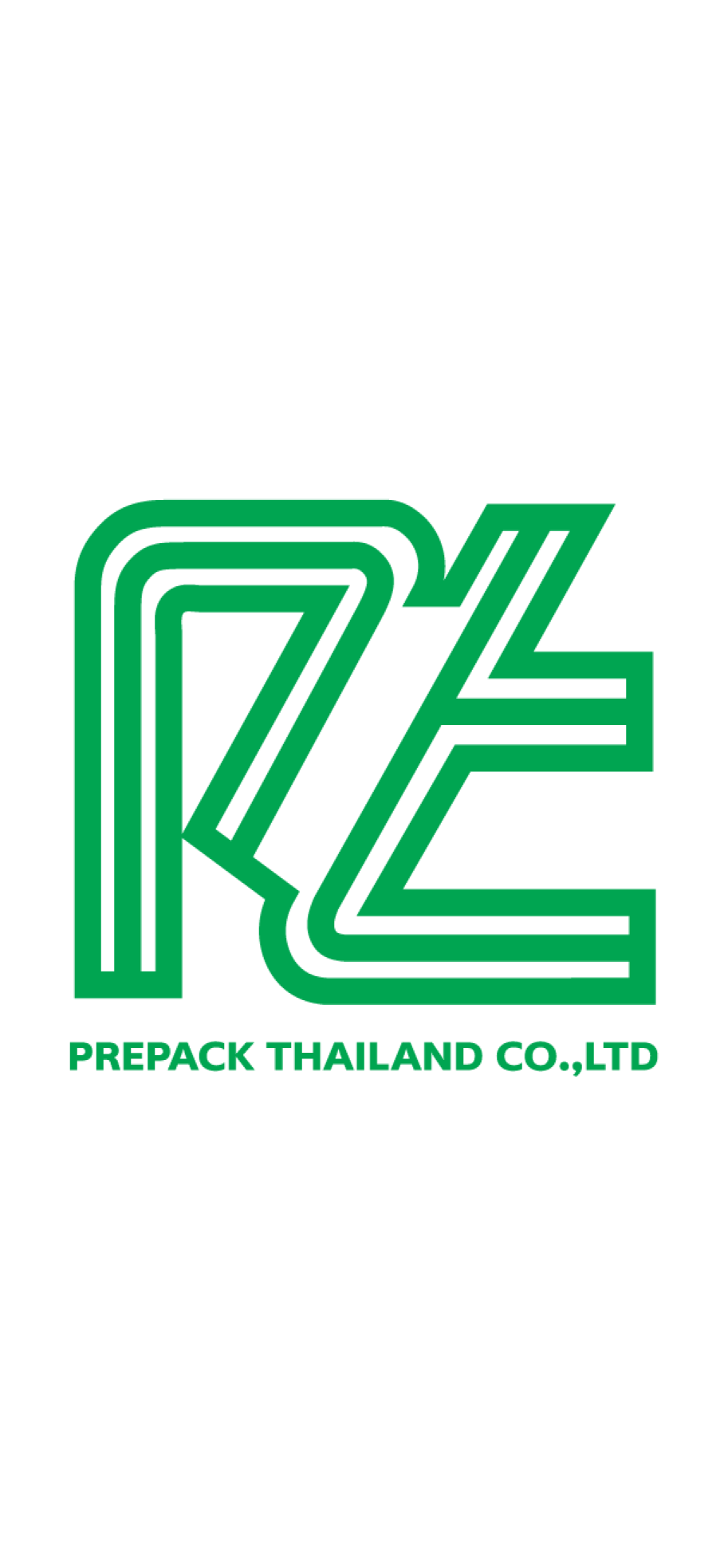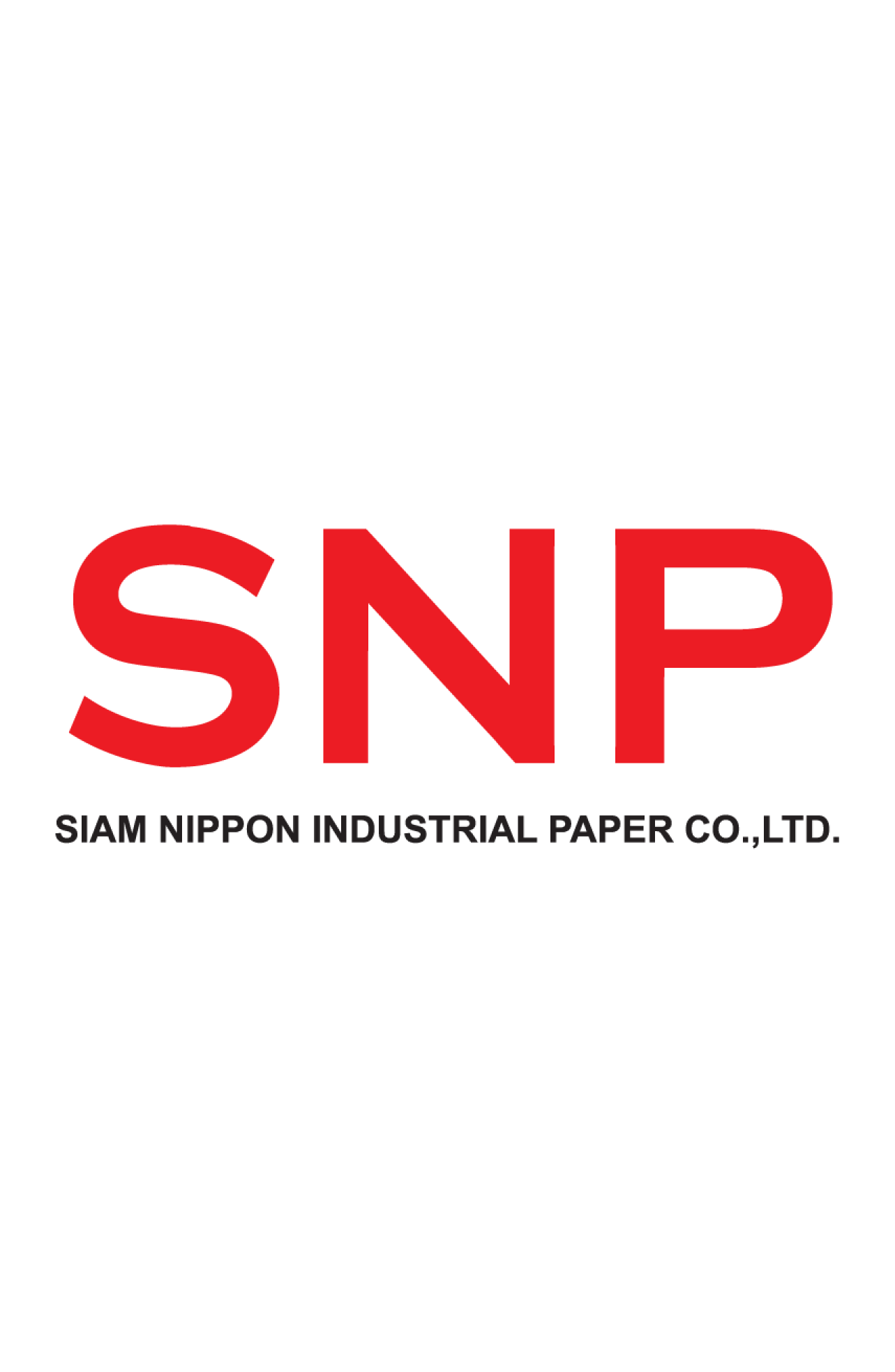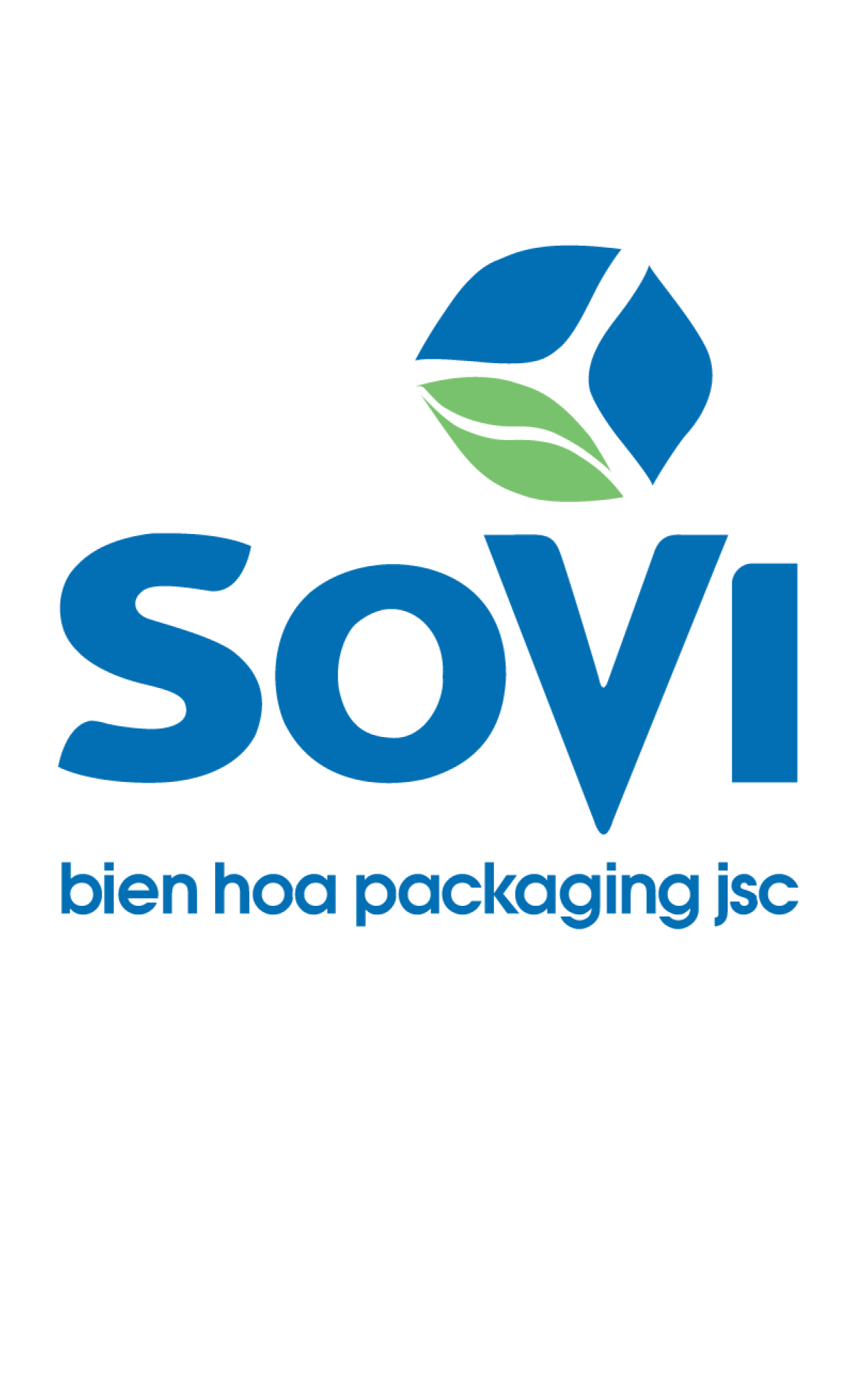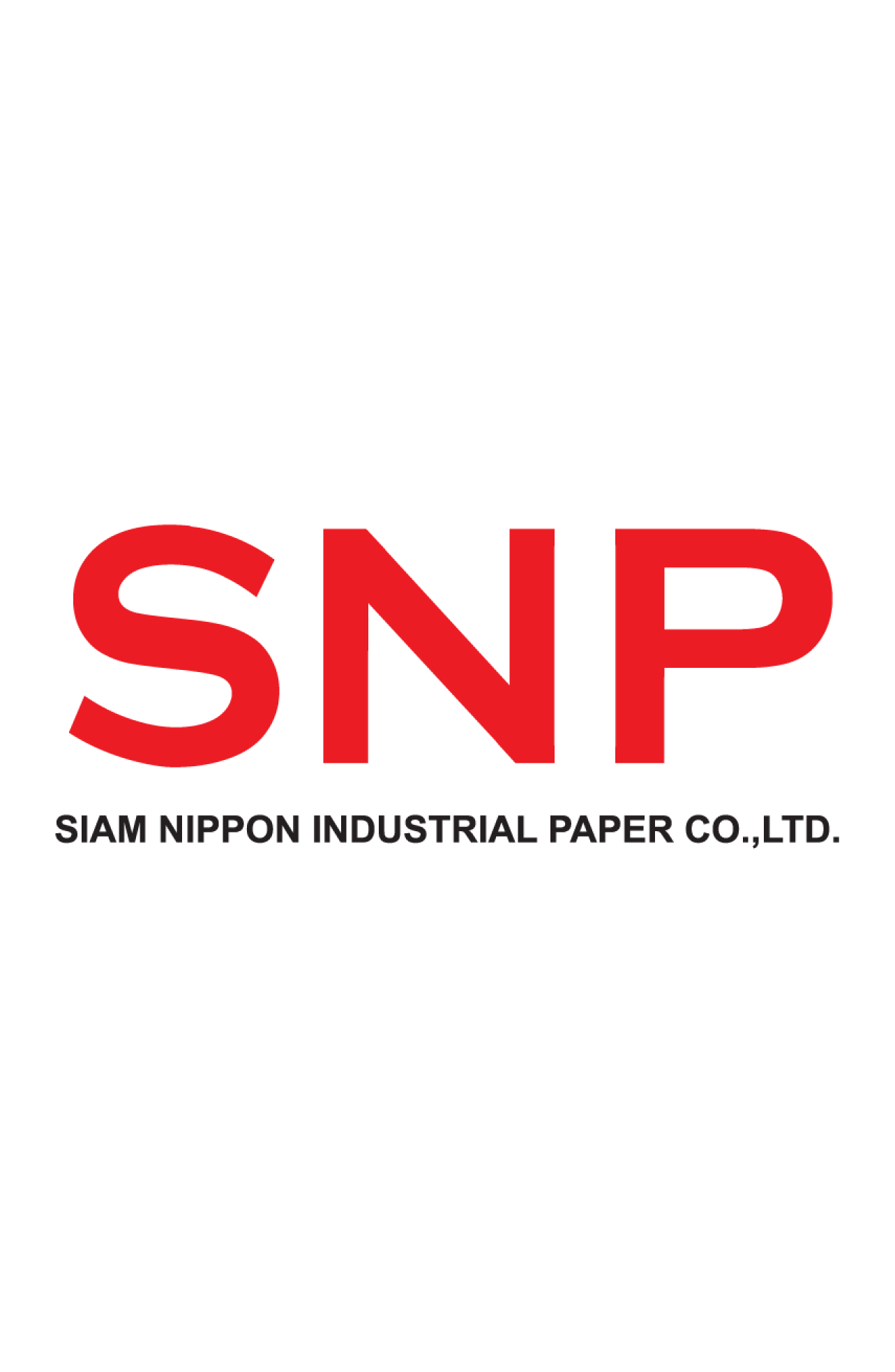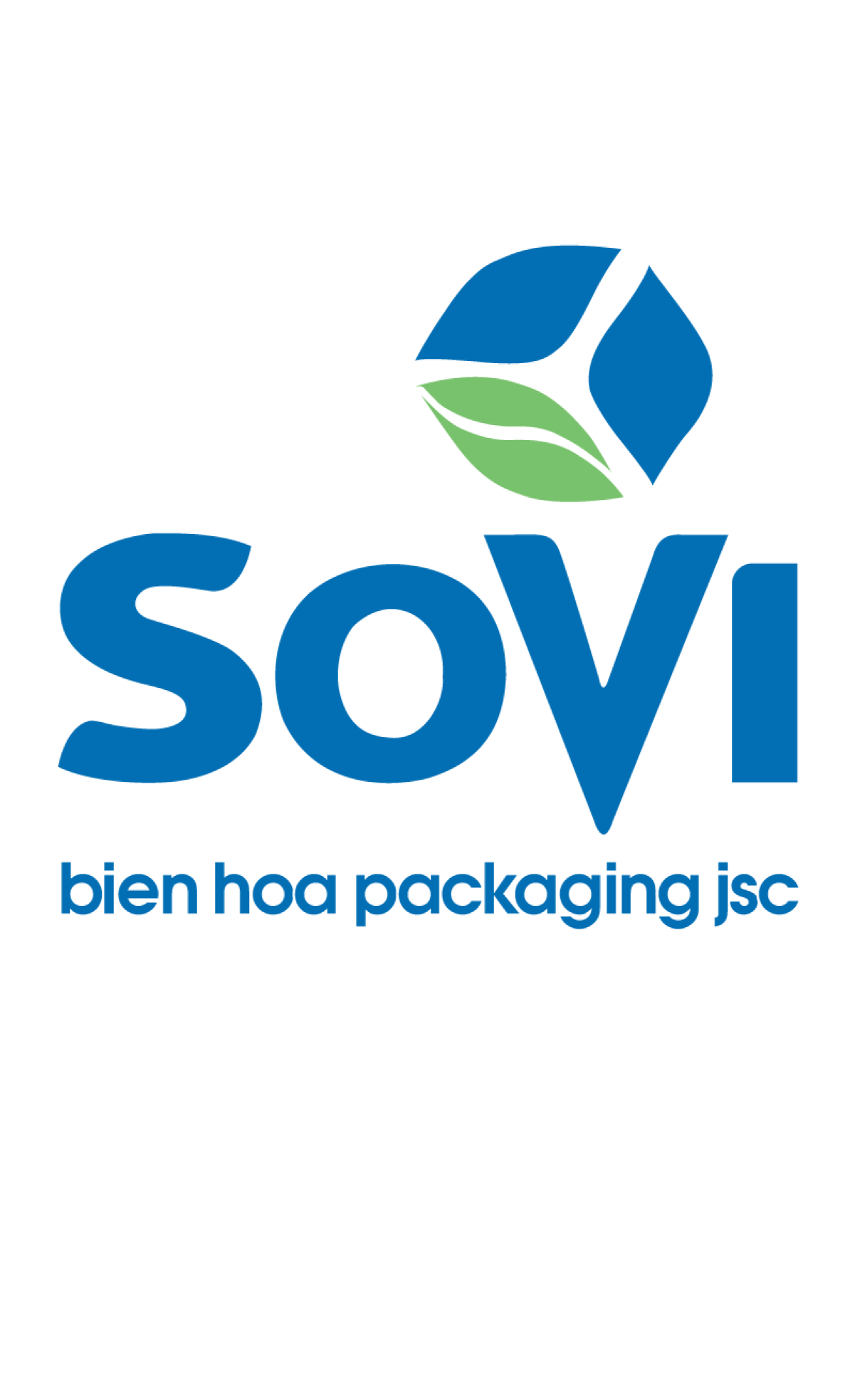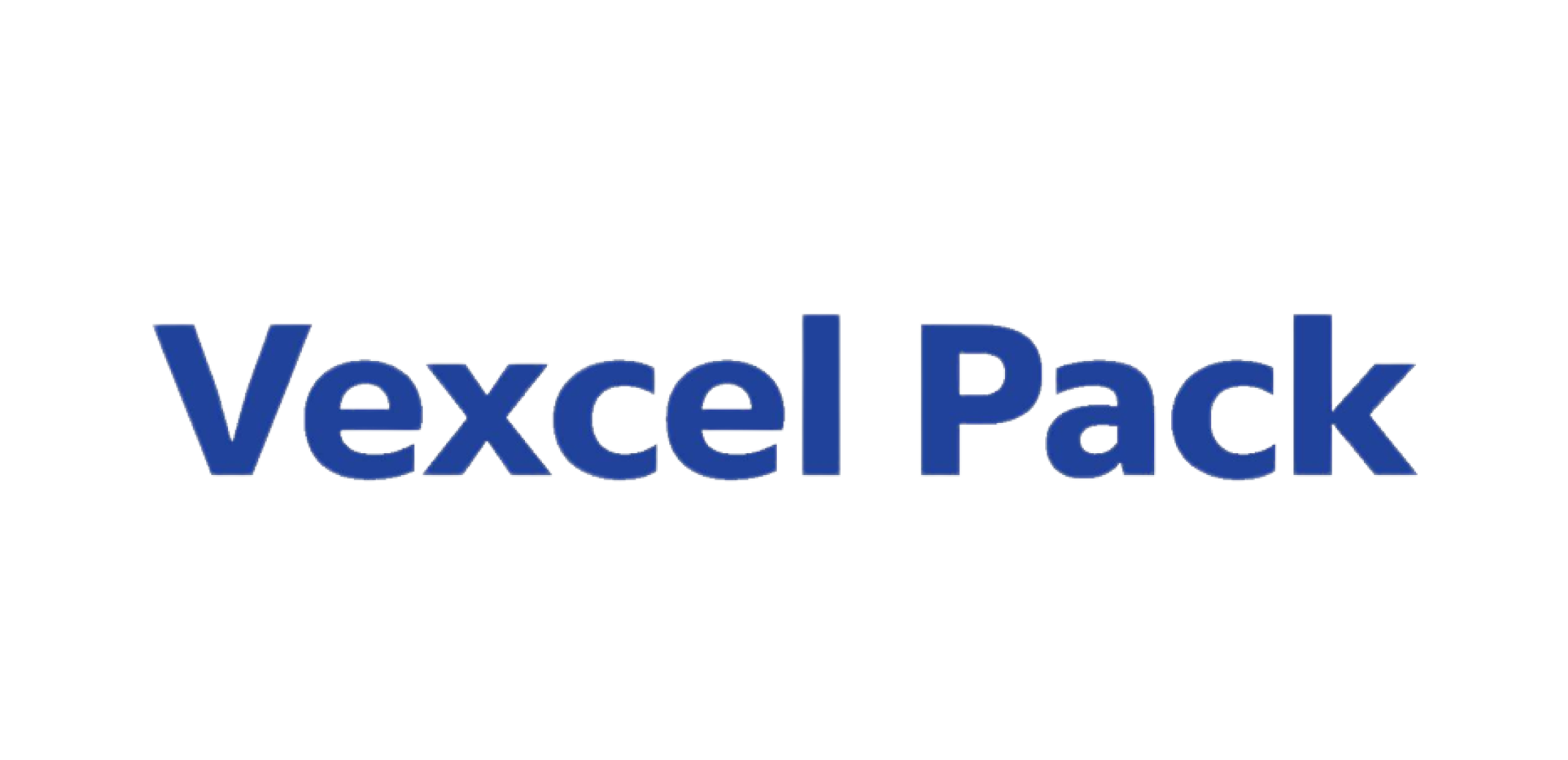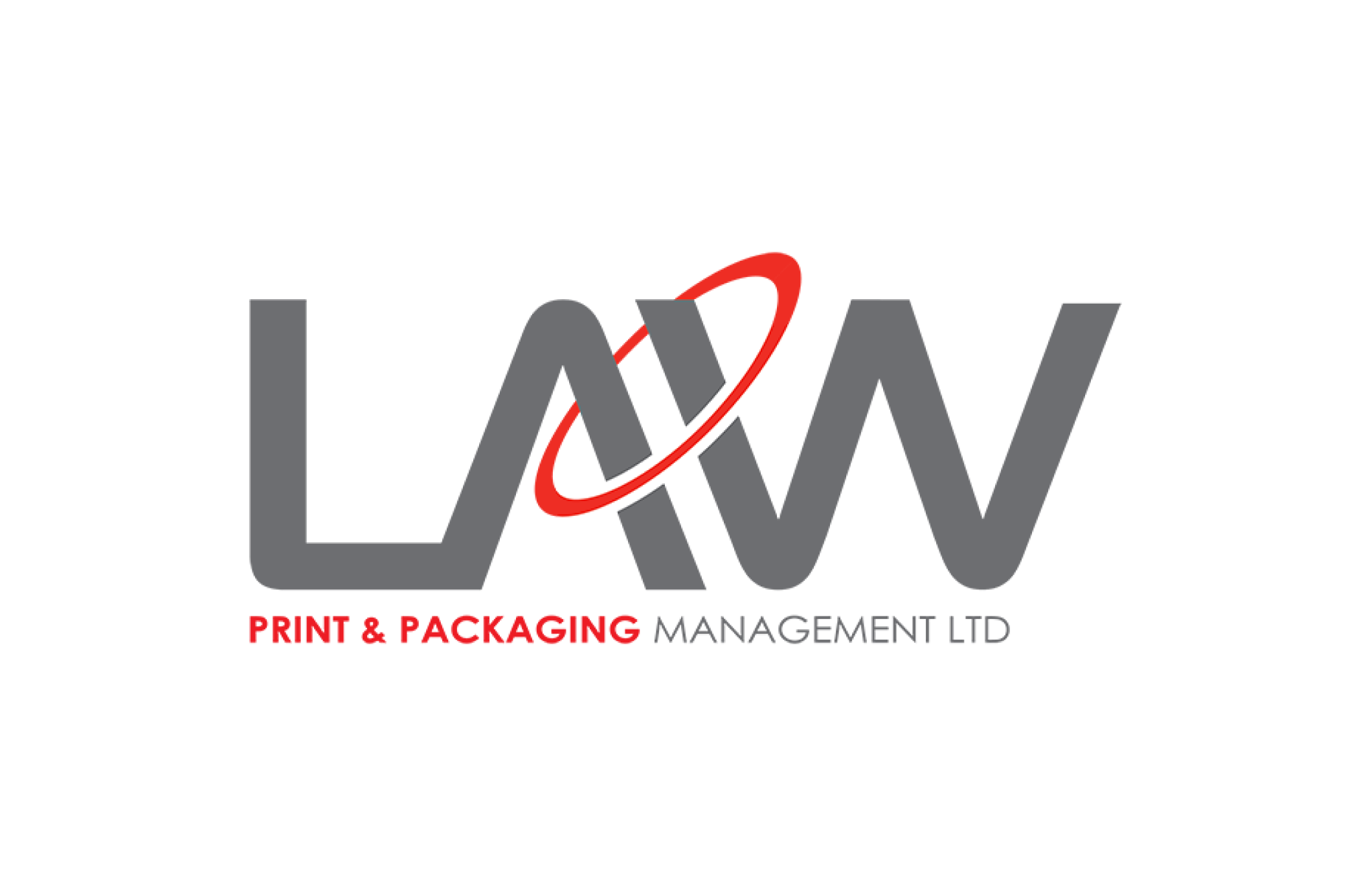Fun Milk Box for Waste Sorting
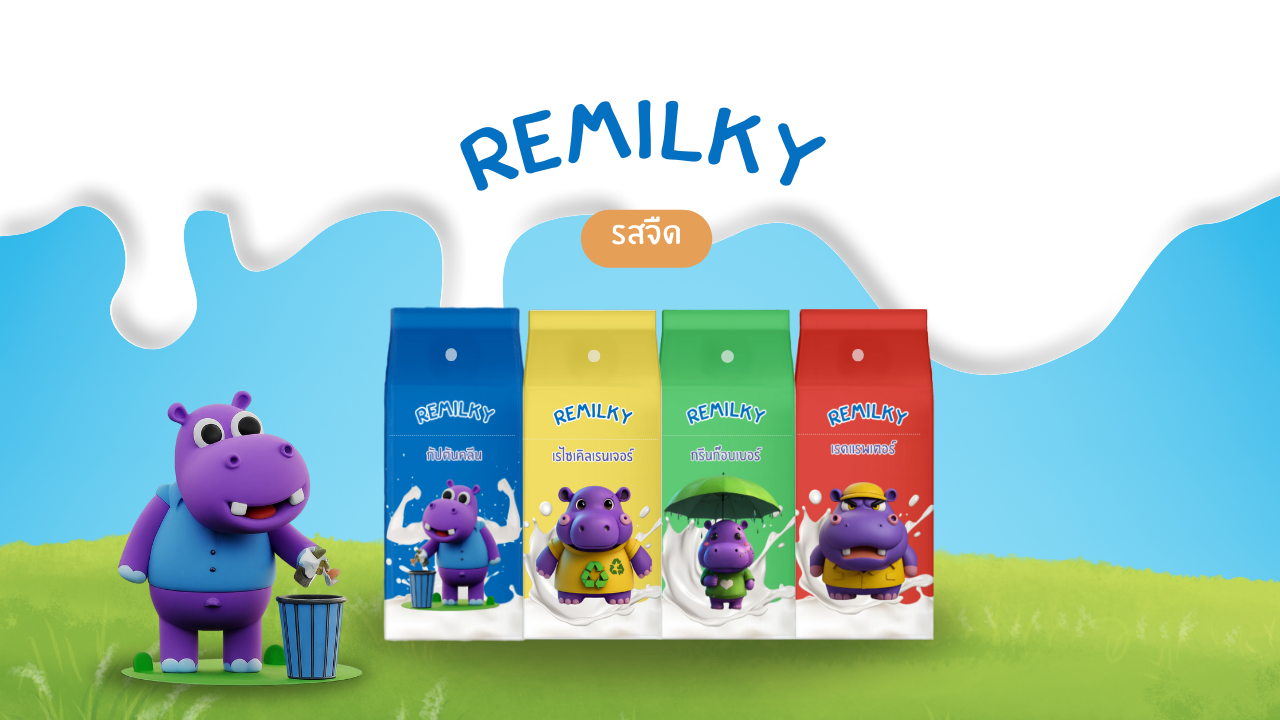
Team : สตอร์เบอรี่มรกต
Member
Ms Thussanee Manomai
Ms Rattanakorn Ketpimon
Ms Nantiya Salad
1.) Product
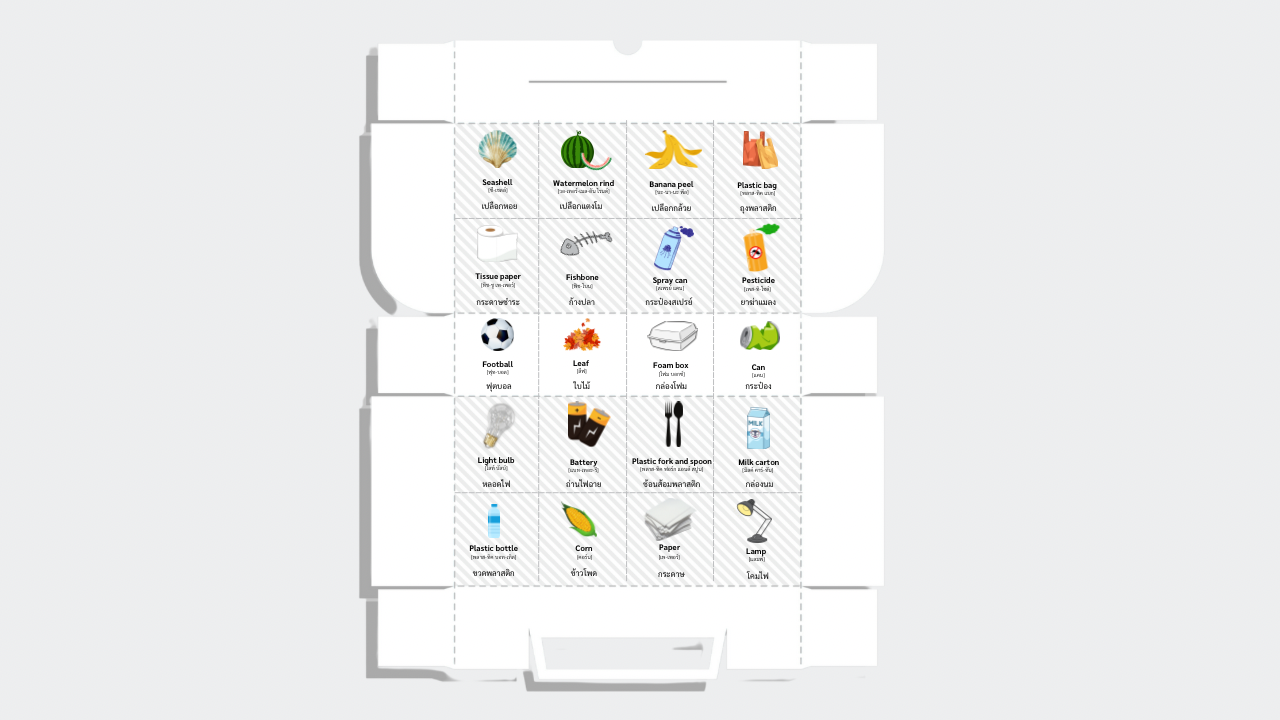
The Remilky UHT milk box for children is designed with the colors of the four waste bins: red (hazardous waste), green (organic waste), yellow (recyclables), and blue (general waste). The bright colors are appropriate for children, and the packaging encourages Reuse by providing 20 vocabulary words related to waste that can be cut out and used in a waste sorting game. QR codes on the box give answers about which waste goes into each bin, along with additional fun facts. This product addresses the issue of recyclable materials being disposed of incorrectly due to confusion over the waste bin colors, while also serving as a learning tool for children.
2.) Brand Remilky
The name Remilky reflects the concept of Reuse, with a playful and easy-to-remember pronunciation that appeals to children.
3.) Painpoints
• Current milk cartons are made from multiple materials (paper, aluminum foil, plastic), making waste separation and recycling difficult. Consumers may not know how to dispose of them properly.
• Many consumers lack motivation to recycle milk cartons due to the effort required or the lack of accessible recycling systems.
• Most people do not fully understand or are confused about waste separation, leading to inefficient waste management and the loss of recyclable materials.
4.) Business Environment Analysis (SWOT)
Strengths
• Innovative Design: Unique concept of transforming a milk box into a waste sorting tool that appeals to environmentally conscious parents and engages children.
• Market Differentiation: A standout product in the market, distinct from traditional milk packaging.
• Educational Value: Encourages environmental awareness and proper waste disposal in children.
Weaknesses
• Market Reception: Consumers unfamiliar with complex recycling may be slow to accept the product.
• Production Costs: Designing reusable packaging may complicate production, leading to higher costs compared to standard packaging.
Opportunities
• Market Trend: Growing awareness of environmental issues and recycling increases demand for eco-friendly products.
• Government Support: Environmental programs or government initiatives can boost market opportunities.
• Collaboration with Schools: Partnerships with schools or organizations involved in waste separation education.
Threats
• Market Competition: Larger brands with more resources may copy the idea, reducing competitive advantage.
5.) Brand Development Goals
• Instilling Waste Separation Habits: The main goal is to raise awareness and encourage proper waste sorting from a young age.
• Promoting Recycling: Remilky promotes creative reuse by encouraging children to use the milk box as both a toy and learning tool, teaching them about recycling.
6.) Target Audience
• Kindergartens and Preschools
Insight: These institutions need creative, cost-effective educational tools aligned with child development. Milk boxes are already a necessity, so turning them into educational toys makes learning about waste sorting fun and a classroom activity.
• Parents of Young Children (Ages 3-8)
Insight: This group seeks toys that enhance learning and development for their children.
7.) Marketing and Brand Development Activities through Packaging
• Set up booths at locations like schools and childcare centers to educate and raise brand awareness.
• Create videos teaching waste sorting and promoting environmental awareness on social media.
• Incorporate Remilky products into cartoons, songs, and other media to make the packaging familiar and memorable.
8.) Measuring Marketing and Brand Impact
• Feedback Survey: Gather feedback from parents and children regarding the design and benefits of the milk box through social media and the website.
• Sales Tracking: Analyze sales and brand awareness to evaluate the impact of the new milk box design. • Engagement Analysis: Track consumer participation in marketing activities and online campaigns
